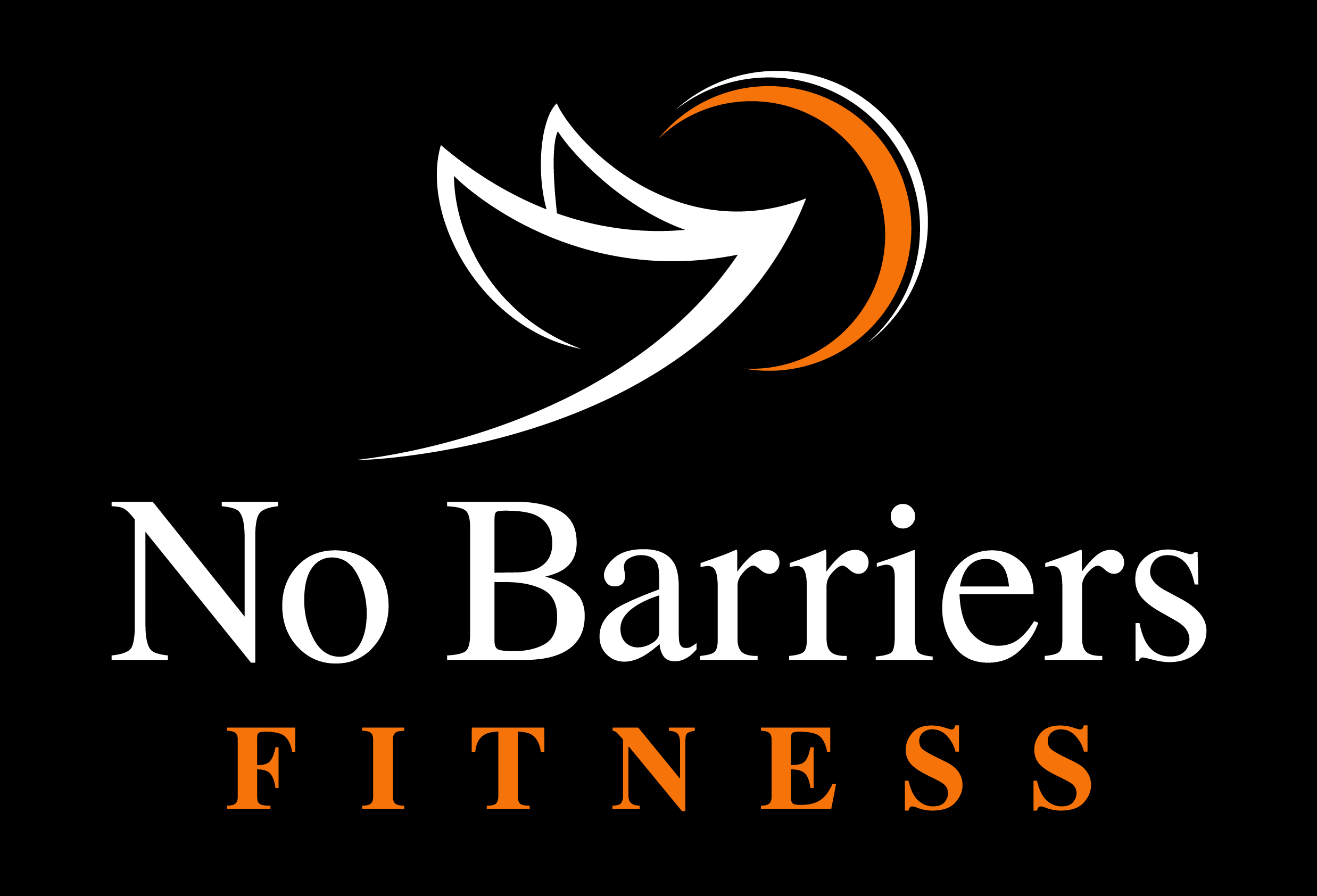Portion Control
Over the past couple of decades the portion sizes that we are consuming have changed dramatically. Research has found that portions have grown over the last twenty years not just in restaurants but in our home also. Some foods have doubled in size including scones, burgers and bagels.Options like “Supersizing” and “ All you can eat buffets” have become increasingly popular. But why have our portions gotten so big and our perception of “normal” portion sizes become so distorted?

Portion Size Vs Servings
Portion size is the amount of food you choose to eat during a single sitting while as serving is a standardized measure of food or drink.
Portion Distortion
Producing food is now cheaper than it was 20 years ago meaning it is also cheaper to buy for consumers. This has an immense appeal to us to buy more which contributes to the “Portion Distortion” problem. This cause us to expect larger portions and overlook the fact that the portions we are eating are exceeding the recommended serving sizes.
What should my plate consist of?
Your plate for every meal should contain a mixture of food groups. 1/2 consisting of fruits a vegetables, 1/4 of proteins and 1/4 of starches.

Obesity and Portion Sizes
The obesity epidemic that Ireland is facing is a complex problem, with Ireland set to be the most obese country in Europe within a decade according to studies. Such dramatic increase in portion could be partly to blame for this. Healthy eating is about is about getting the right amount of nutrients needed to maintain good health as well as eating the recommended number and size of servings. Tackling the problem of misunderstanding of portion sizes is one way to help the ongoing obesity issue.

Top Tips to Reducing Portion Sizes
- Use a smaller plate
- Eat slowly
- Avoid eating while watching tv
- Resist second servings
- Freeze or chill leftovers
- Fill half your plate with vegetables or salad
- Include high fiber foods in your daily intake
- Drink water
If you are unsure if you are overeating in your portions consult your Nutritionist or Dietitian.
Bye for now
Riadh
Nutritionist at Fit Hub Letterkenny






